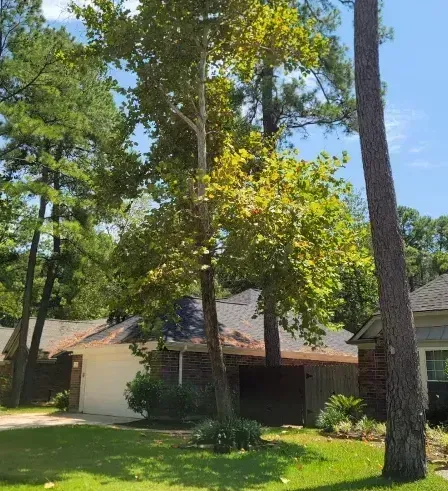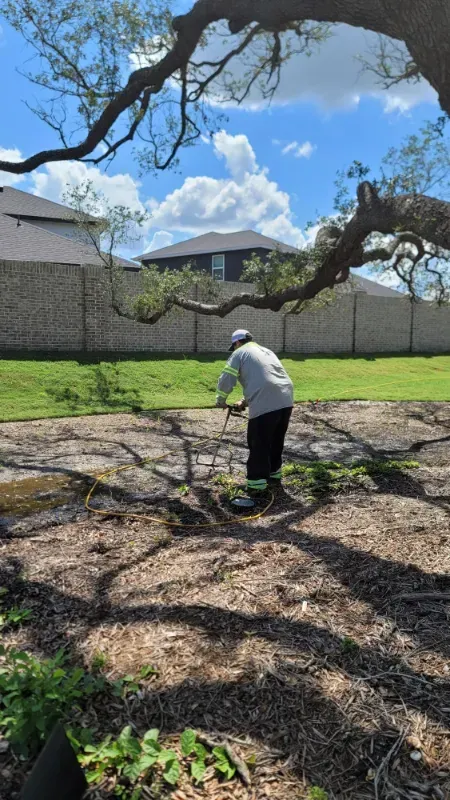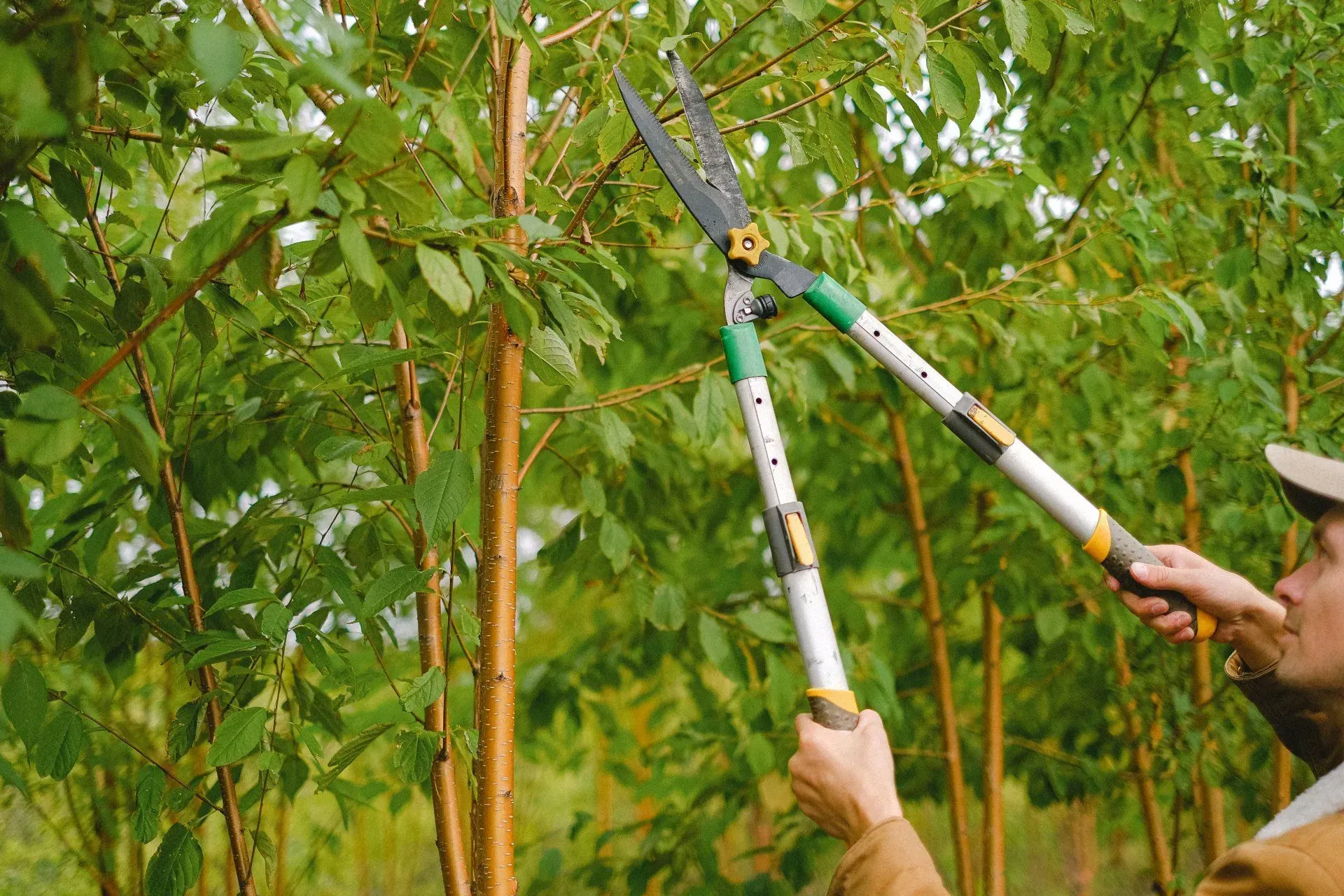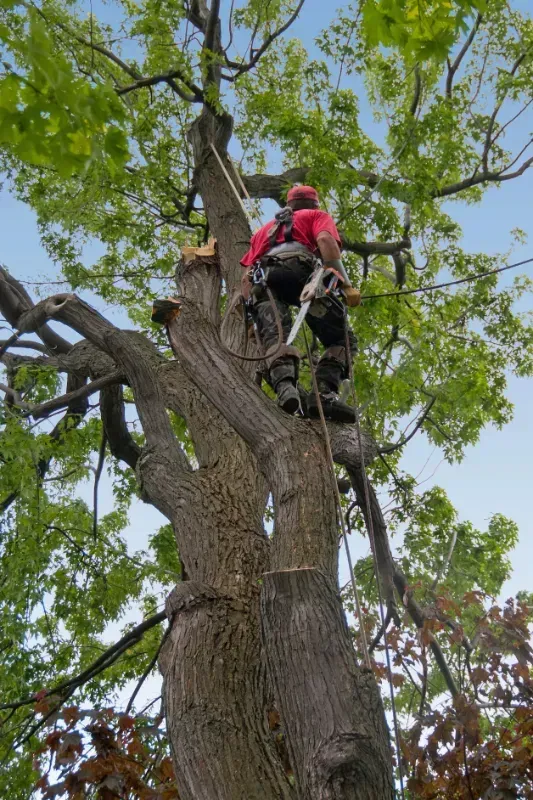How to Manage Pine Bark Beetle Infestations in Your Trees
What Are Pine Bark Beetles? Understanding These Tree Invaders
Pine bark beetles might be tiny, but don’t let their small size fool you. These little critters can cause huge damage to your beautiful trees. Pine bark beetles are insects that burrow under the bark of pine trees, creating intricate tunnels that disrupt the tree’s ability to get nutrients and water. Think of them as unwanted houseguests who not only stay uninvited but also destroy the place while they’re there!
The trouble starts when these beetles attack in large numbers. While a healthy tree can usually fend off a few beetles, a stressed tree is like an open invitation to an all-you-can-eat buffet. Whether it's drought, overcrowding, or disease, any stress makes your trees vulnerable. Learning about these pests is the first step to protecting your yard’s majestic pines.

Why Are Pine Bark Beetles a Threat to Your Trees?
Pine bark beetles aren’t just pesky insects – they’re a serious threat to your trees and your landscape. Once they invade, they can quickly kill a tree by cutting off its life supply. These beetles burrow deep under the bark, disrupting the flow of water and nutrients. Imagine trying to drink through a straw that’s completely clogged—that’s what happens to your tree.
Not only do they harm individual trees, but their damage can also spread. If left unchecked, they can move from tree to tree, turning a healthy yard into a graveyard for pines. They’re nature’s version of a forest wildfire, and acting quickly can save your trees before it’s too late.
Common Signs of a Pine Bark Beetle Infestation
Spotting the signs of a pine bark beetle infestation early is key to saving your trees. Keep an eye out for small holes in the bark, about the size of a grain of rice. These are the beetles’ entry points. You might also notice a sawdust-like material called frass around the base of the tree or in bark crevices—it’s the beetle’s calling card.
Other symptoms include faded or discolored needles, particularly if they turn a reddish-brown color. This is often called "flagging." Finally, check for sticky resin oozing from the bark, also known as pitch tubes. These are the tree’s natural defense mechanism trying to push the invaders out. If you spot any of these signs, it’s time to take action!
How to Inspect Your Trees for Pine Bark Beetles
Inspecting your trees might sound like a chore, but it’s actually pretty simple. Begin by giving your trees consistent watering, particularly during dry periods. Check the bark for those tiny entry holes and any signs of sawdust or resin. You don’t need fancy tools—just a keen eye and a little patience.
Don’t forget to look up! Check the needles for discoloration or thinning. Pay extra attention to trees that are already stressed from drought, storms, or construction. Regular inspections can make all the difference in catching an infestation before it’s too late.
The Life Cycle of Pine Bark Beetles: What You Need to Know
Understanding the life cycle of pine bark beetles can help you stay one step ahead. These pests begin their lives as eggs laid under the bark. Once hatched, the larvae tunnel through the tree, feeding and growing. This is when the most damage occurs.
As they mature, the beetles emerge as adults, ready to find a new tree to infest. This cycle can repeat multiple times in a single season, especially in warmer climates. Knowing when they’re most active can help you time your treatments effectively.
Factors That Attract Pine Bark Beetles to Your Trees
Pine bark beetles love stressed trees. Anything that weakens your trees—like drought, poor soil, or overcrowding—can make them more inviting to beetles. Think of it like this: a healthy tree is like a fortress, while a stressed tree is an open door.
Environmental factors like warm weather can also boost beetle populations. Even something as simple as leaving piles of dead wood nearby can attract them. The good news? By keeping your trees healthy, you can make them less appealing to these pesky invaders.
Natural Prevention Tips to Protect Your Trees from Pine Bark Beetles
Prevention is always better than cure, and there are plenty of natural ways to keep your trees safe. Ensure your trees receive regular watering, particularly during dry seasons. Healthy, hydrated trees are better equipped to fend off beetle attacks.
Prune dead or weak branches and remove any dead wood from your yard. Thinning overcrowded trees can also improve air circulation and reduce stress. Finally, consider planting beetle-resistant species if you’re adding new trees to your landscape. These simple steps can go a long way in keeping your yard beetle-free.
Effective Treatment Options for Pine Bark Beetle Infestations
If you’ve already spotted signs of an infestation, don’t panic. There are effective treatments available. Insecticides can be applied to the bark to kill beetles before they burrow inside. Make sure to use a product specifically designed for pine bark beetles and follow the instructions carefully.
In severe cases, removing the infested tree may be necessary to stop the beetles from spreading. While this can be tough, it’s sometimes the best way to protect the rest of your yard. Be sure to seek advice from a professional to identify the most effective solution.
When to Call a Professional for Pine Bark Beetle Management
Sometimes, tackling a beetle problem on your own isn’t enough. If the infestation has spread or you’re unsure about the best treatment, it’s time to call in the pros. Professional arborists have the tools and expertise to assess the situation and recommend the right solutions.
They can also help with preventive measures, like applying protective sprays or improving your trees’ overall health. When in doubt, don’t hesitate to reach out for help. Your trees will thank you for it!
How to Prevent Future Pine Bark Beetle Infestations in Your Yard
Prevention is an ongoing process, but it’s well worth the effort. Regularly inspect your trees and keep them healthy with proper watering, pruning, and fertilization. Remove any dead or dying trees promptly to reduce the risk of beetle spread.
You can also consider using protective treatments during peak beetle seasons. Think of it as giving your trees a shield against invaders. By staying proactive, you can enjoy a beautiful, beetle-free yard for years to come.
Call Nature’s Restore for Expert Pine Bark Beetle Management
Don’t let pine bark beetles take over your yard. If you’re dealing with an infestation or want to protect your trees before it’s too late,
Nature’s Restore in
Humble, TX is here to help. Call us today at
281-788-0743 to schedule a consultation. Our experts will ensure your trees stay healthy, strong, and beautiful year-round. Let’s keep your yard thriving together!







